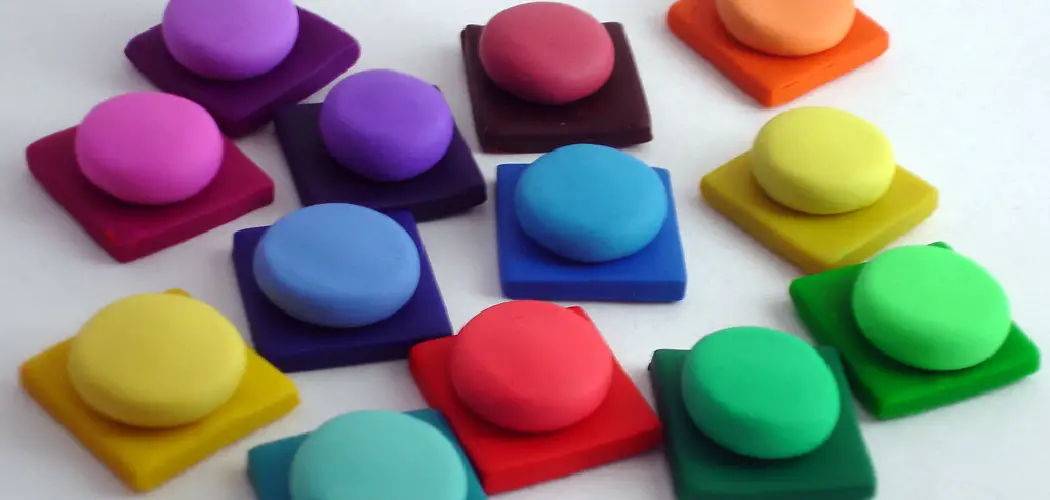Are you looking to bring your polymer clay creations to the next level? Have you been trying out some new crafting skills while stuck at home, but can’t seem to get that perfect look? Let us show you the ins and outs of how to color polymer clay! With the right tools and techniques, we can help make sure your projects will have vibrant colors with a professional finish.
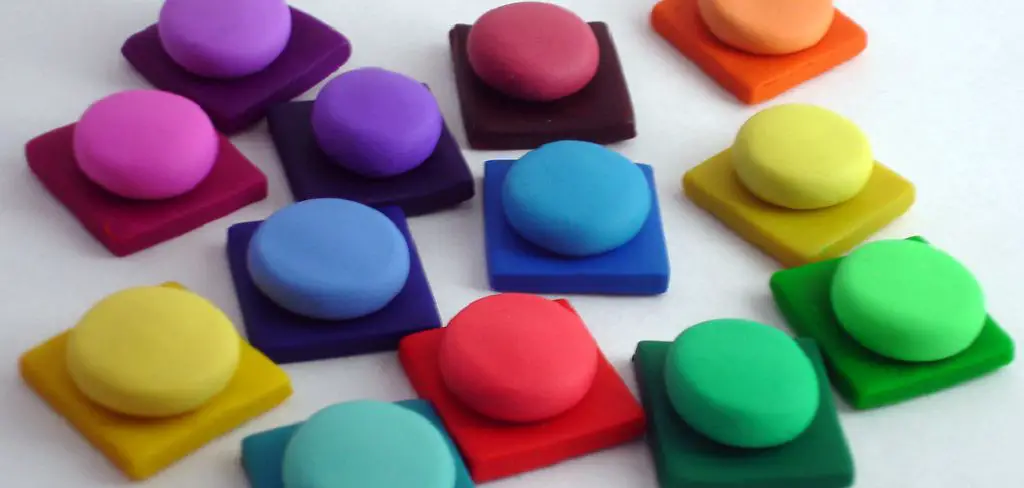
Polymer clay is the perfect material for unleashing your inner artist. Not only is it fun to work with but also easy and affordable! Whether you choose vibrant colors or pastel shades, here’s everything you need to know about how to color polymer clay and make memorable craft pieces.
Why May You Want to Color Polymer Clay?
1 . To Add Vibrancy to Your Creations
Coloring polymer clay is a great way to add vibrancy and life to your creations. Unlike traditional clay, which has limited colors, polymer clay comes in a variety of vibrant hues that can be mixed and matched to create an endless array of shades.
2 . To Personalize Your Designs
By coloring polymer clay, you have the flexibility to personalize and customize your designs. This is especially useful for creating unique gifts or one-of-a-kind pieces of art that reflect the recipient’s personality and interests.
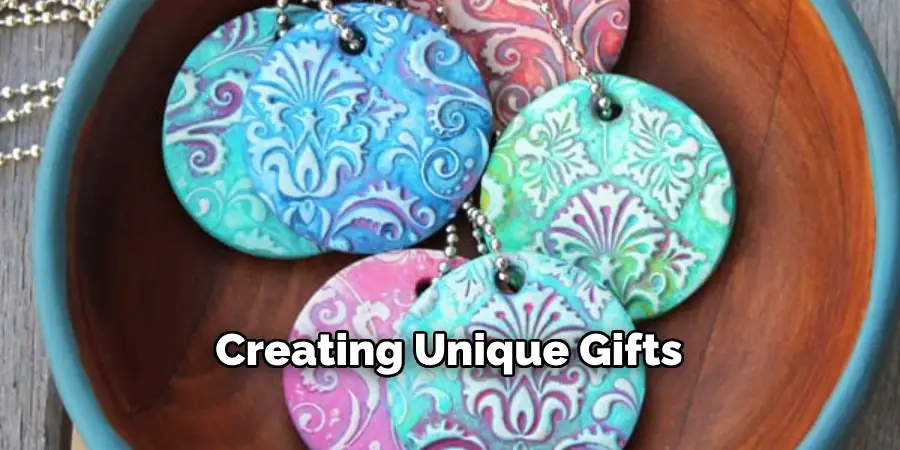
3 . To Create Realistic Effects
Polymer clay can be colored to mimic various materials, such as stone, wood, or metal. By experimenting with different coloring techniques, you can create realistic textures and effects that add depth and interest to your creations.
How to Color Polymer Clay in 6 Easy Steps
Step 1: Choose Your Clay
Before you begin coloring your polymer clay, it is important to choose the right type of clay for your project. There are many different types of polymer clay available in a variety of colors and brands. Some popular brands include FIMO, Sculpey, and Kato Polyclay.
Each brand has its own unique characteristics and some colors may work better with certain brands. It is important to test out different types of clay to see which one works best for your project.
Step 2: Gather Your Materials
To color polymer clay, you will need a few essential materials:
- Polymer clay in the color or colors of your choice
- Rolling pin
- Craft knife or blade
- Work surface (a glass cutting board or ceramic tile works well)
- Paintbrushes
- Acrylic paint in the color or colors of your choice
- Oven

Step 3: Preparing Your Clay
Before you start working with your clay, it is important to prepare it by kneading it. This helps to soften the clay and make it more pliable. You can also mix different colors of clay together to create your own unique shades.
Step 4: Adding Color
Once your clay is prepared, you can begin adding color. There are a few different methods for coloring polymer clay: You can mix small pieces of different colored clay together to create new shades. This works well with primary colors (red, yellow, and blue) to create a wide range of colors. You can also brush acrylic paint onto the surface of your clay. This is a great way to add intricate designs and details.
Step 5: Blending Colors
If you want to create a marbled effect or blend two colors together, roll out two different colored pieces of clay and place them on top of each other. Then, use a rolling pin to gently press the layers together. This will create a beautiful blended effect.
Step 6: Baking Your Clay
Once you have finished coloring your clay, it is time to bake it in the oven. Follow the instructions on the package for baking temperatures and times. Once your clay has cooled, you can use it to create beautiful jewelry, sculptures, or other crafts.
Experiment with different colors and techniques to create unique pieces of art that are truly one-of-a-kind. With practice, you will become a pro at coloring polymer clay and your creations will be admired by all! So why wait? Start exploring the world of polymer clay today!
Some Extra Tips to Color Polymer Clay
1 . Do Not Overdo with Colors
The key to coloring polymer clay is using the right amount of color. Too much color can ruin the appearance and texture of your final product, making it look artificial and unappealing. On the other hand, not enough color may result in a dull and pale finish. Therefore, it’s essential to find a balance between the amount of clay and the color you use.
2 . Try Different Techniques
There are various techniques for coloring polymer clay, such as mixing colors, creating gradients, and using different types of paints. Experiment with different methods to find the one that works best for you. You can also combine multiple techniques to create unique and stunning designs.
3 . Use High-Quality Colors
The quality of colors you use can significantly impact the final result. Low-quality paints or pigments may not mix well with the clay, resulting in a patchy and uneven finish. Invest in high-quality colors to ensure vibrant and long-lasting results.
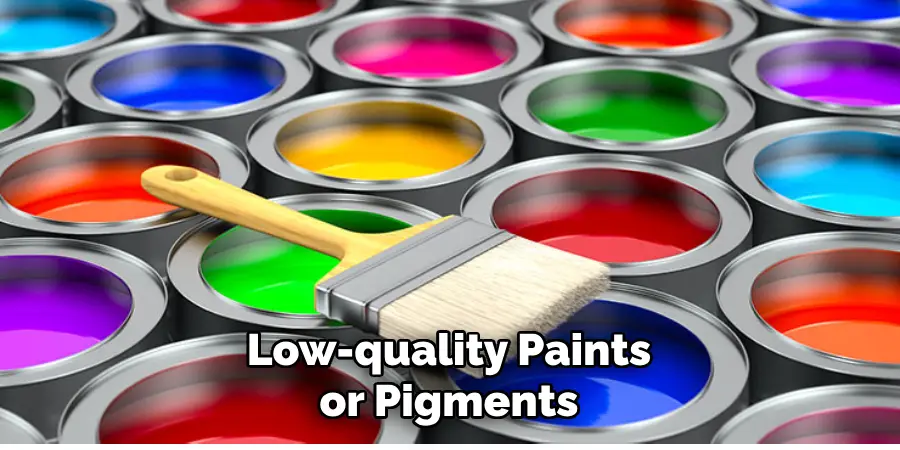
4 . Use Protection When Handling Colors
Some types of colors, such as alcohol-based inks, can be harmful to your skin when handling. Make sure to wear gloves or use a protective barrier when working with these types of colors to avoid any skin irritation or allergies.
5 . Be Patient and Take Your Time
Coloring polymer clay is a process that requires patience and time. Rushing through the coloring stage can lead to mistakes and unsatisfactory results. Take your time, plan out your design, and be patient while working with colors to achieve the best results.
6 . Don’t Be Afraid to Make Mistakes
As with any new skill, coloring polymer clay takes practice and experimentation. Don’t be afraid to make mistakes; they can often lead to unexpected and beautiful results. Embrace your mistakes and learn from them to improve your skills.
Frequently Asked Questions
What Precautions Should I Take When Coloring Polymer Clay?
When coloring polymer clay, there are a few precautions that you should take to ensure the best results and your own safety. First, make sure to use gloves when handling the clay and any coloring agents as some of them can be toxic.
It’s important to work in a well-ventilated area for this reason as well. Additionally, always read and follow the instructions for the specific coloring agents you are using. Some may require mixing or certain ratios, so it’s important to pay attention and not deviate from the instructions.
Can I Mix Different Brands of Coloring Agents?
Yes, you can mix different brands of coloring agents when coloring polymer clay. However, keep in mind that different brands may have different formulas and results may vary. It’s always a good idea to do a test piece first before committing to coloring a larger project.
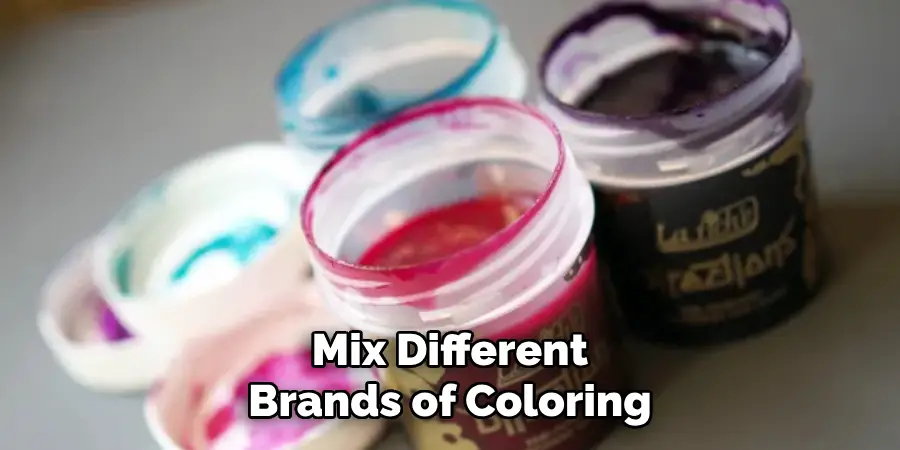
Is There A Way To Color Polymer Clay Without Using Coloring Agents?
Yes, there are alternative ways to color polymer clay without using traditional coloring agents such as acrylic paints or alcohol inks. For example, you can mix different colors of clay together to create your desired color. You can also use natural materials such as spices or herbs to add color and texture to clay.
What Are Some Tips for Achieving the Best Results When Coloring Polymer Clay?
One tip for achieving the best results when coloring polymer clay is to knead and condition the clay thoroughly before adding any coloring agents. This will ensure that the color is evenly distributed throughout the clay.
Another tip is to start with small amounts of coloring agent and gradually add more until you achieve your desired color. It’s also helpful to keep a record of the colors and ratios used for future reference.
Finally, make sure to properly cure the clay according to the instructions on the package to set the color and ensure durability. Overall, experimenting and practicing with different techniques and materials will help you achieve the best results when coloring polymer clay. Remember to have fun and be creative in your color choices! So, now that you know some tips for coloring polymer clay, let’s dive into the topic of how to color polymer clay.
Conclusion
To sum it up, polymer clay is a great and fun material to work with! It is malleable, easy to find, relatively inexpensive and allows for so much creative expression. Whether you are a beginner just learning the basics or an advance crafter looking to add flourishes to your projects, polymer clay is the perfect tool for you.
With the tips on how to color polymer clay we have provided in this blog post, you are now ready to dive into the colorful world of creating with polymer clay. Make sure you stock up on supplies and get those ideas brewing so that you can release your inner artist and put your crafting skills to the test! Why wait? Get started and create something amazing today!

